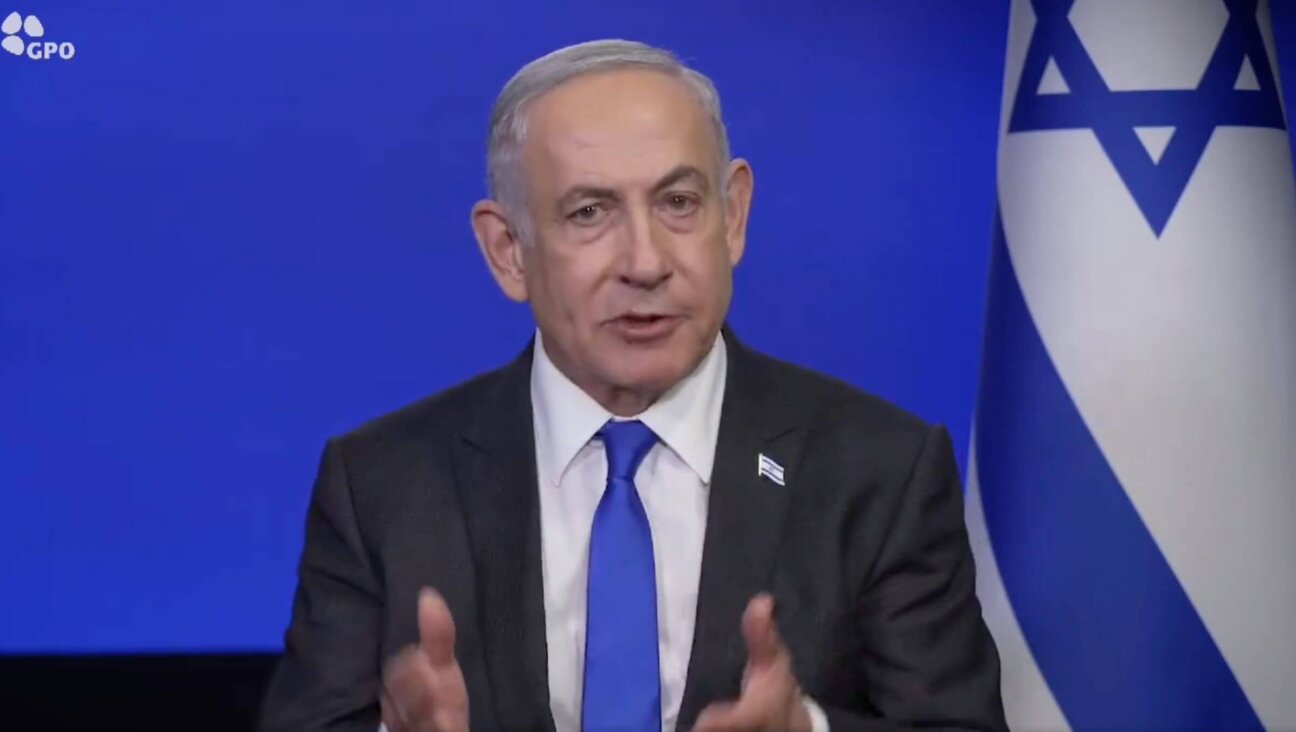Report Mulls West Bank Fence’s Impact
JERUSALEM — A World Bank report warns that the security fence being built by Israel will have far-reaching effects on the Palestinians living in the vicinity of the fence to the east of the 1967 border. The report was drawn up at the request of the United States, United Nations, European Union and Norway.
So far only about 8 miles have been completed of the fence, which is being set up east of the Green Line, as the pre-1967 border between Israel and the West Bank is known. The report says the first stage of construction will affect about 12,000 Palestinians in 15 villages.
When the fence is completed, the report says, some 95,000 Palestinians — about 4.5% of the West Bank Palestinian population — will find themselves living between the fence and the Green Line. Of these, some 61,000 are in the Jerusalem area. Another 20,000 will be affected by the fence even though they are living east of it, the report says.
In certain areas, the fence is up to 4 miles east of the Green Line, in order to enable West Bank Jewish settlements to be included on the Israeli side. The fence’s electronic devices and ditches cut across agricultural lands and make access to water sources, schools and businesses impossible for the Palestinians. Some villages are on one side of the fence while their sources of income are on the other, and there are also other environmental implications.
During a Supreme Court hearing on a petition against constructing the fence, Attorney General Elyakim Rubinstein said Israel was committed to building 26 special crossing points that would enable farmers to reach their lands. A check by an engineer, on behalf of the World Bank team, found preparations for only one such crossing, the report notes.
According to the report, the first stage of the construction work, begun in June 2002, has led to infrastructure work and appropriation of lands along a 79-mile stretch in the region of Jenin, Tul Karm, Qalqilya and Salfit. Some 13 miles are in a similar stage of construction in the Jerusalem and Bethlehem areas. Altogether, 92 miles are currently under construction and are due to be completed in the coming months.
The international community has not taken a clear stand about the fence yet and the team that drew up the report did not draw conclusions from the findings. The World Bank’s representative in the territories, Nigel Roberts, said earlier this month that the fence was “a unilateral and unplanned step on the part of the Israeli government as a substitute for negotiations and with far-reaching implications. The issue is the subject of controversy in the international community and the purpose of the report is to collect neutral facts,” he said.
Roberts said that at this stage the international community was monitoring the situation and trying to help those adversely affected, without taking a political stance. He said there was no discussion of the fence with Israel at international forums.
In response to the report, the Foreign Ministry said that the security fence was “one of the components of the Israeli government’s responsibility to protect its citizens. This means of protection was aimed at preventing terrorists from crossing over and bombs and ammunition from entering the state of Israel.”
The ministry adds a line to make its position clear: “In view of the security nature of the fence, we relate to it as something which is outside the defined activities of the community of nations that contribute toward the Palestinian Authority.”
The Palestinians themselves are opposed to the fence, both because of the environmental implications and because they fear it will mark a future border.

I hope you appreciated this article. Before you go, I’d like to ask you to please support the Forward’s award-winning journalism this Passover.
In this age of misinformation, our work is needed like never before. We report on the news that matters most to American Jews, driven by truth, not ideology.
At a time when newsrooms are closing or cutting back, the Forward has removed its paywall. That means for the first time in our 126-year history, Forward journalism is free to everyone, everywhere. With an ongoing war, rising antisemitism, and a flood of disinformation that may affect the upcoming election, we believe that free and open access to Jewish journalism is imperative.
Readers like you make it all possible. Right now, we’re in the middle of our Passover Pledge Drive and we still need 300 people to step up and make a gift to sustain our trustworthy, independent journalism.
Make a gift of any size and become a Forward member today. You’ll support our mission to tell the American Jewish story fully and fairly.
— Rachel Fishman Feddersen, Publisher and CEO
Join our mission to tell the Jewish story fully and fairly.
Only 300 more gifts needed by April 30























